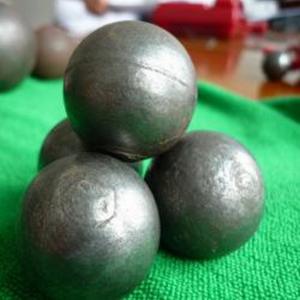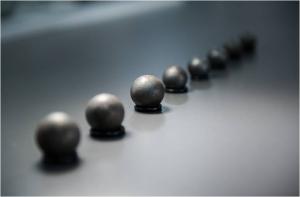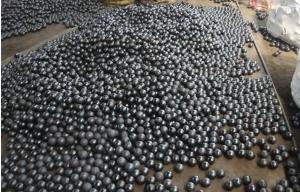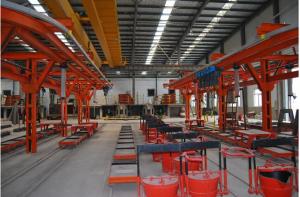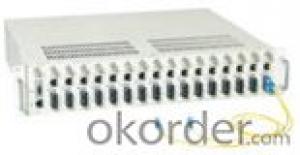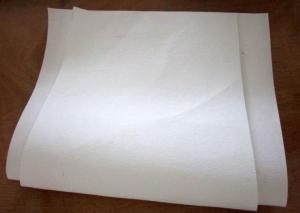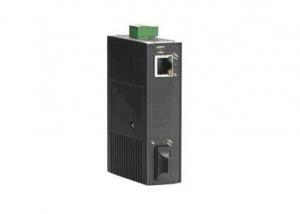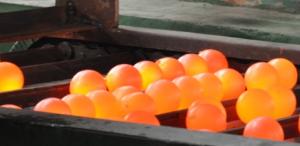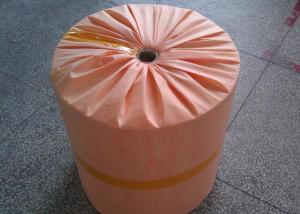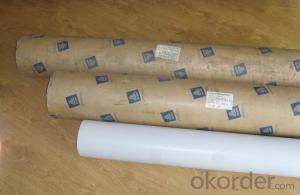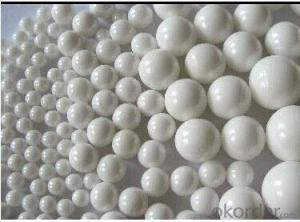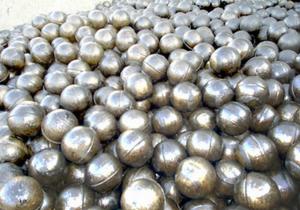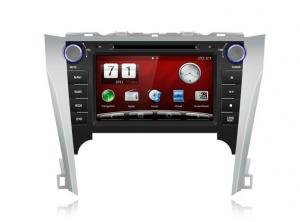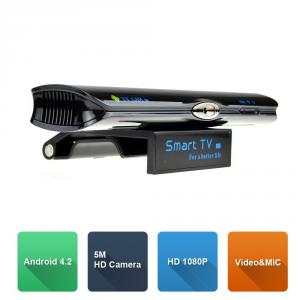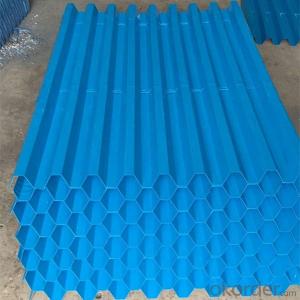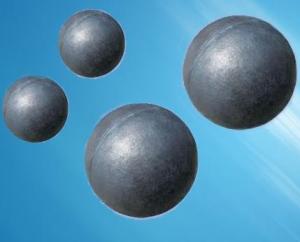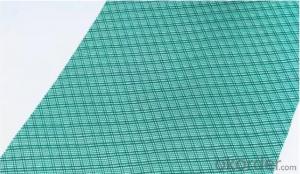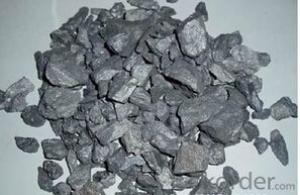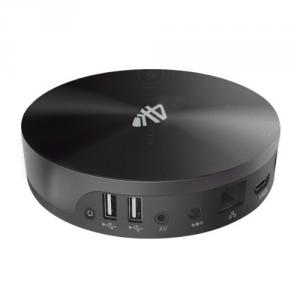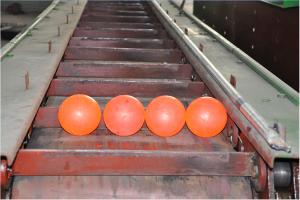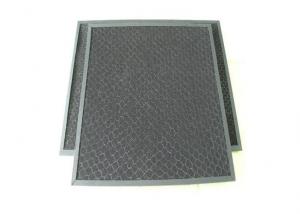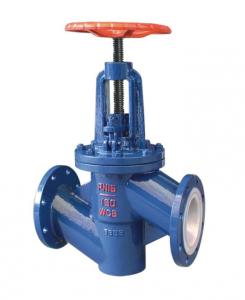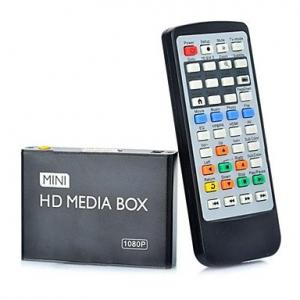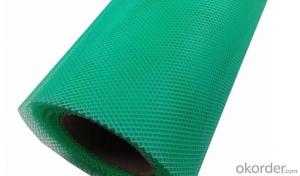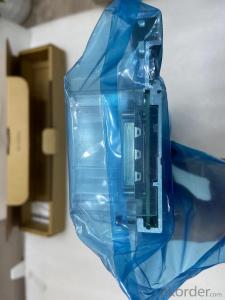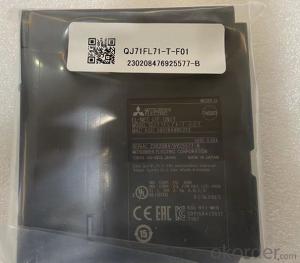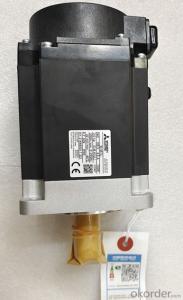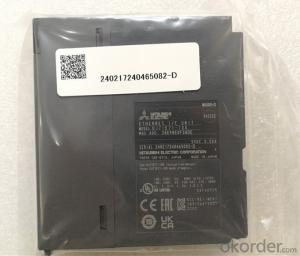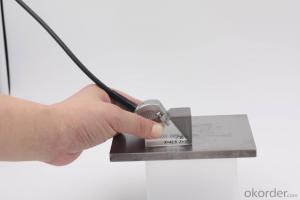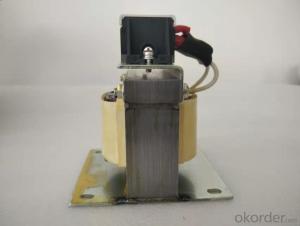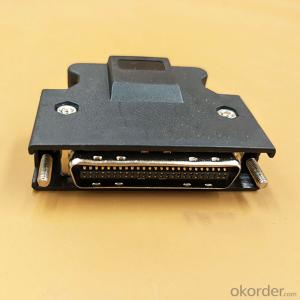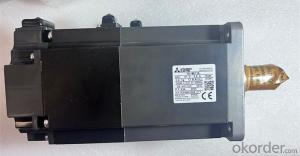Media Packeting
Media Packeting Related Searches
Grey Cast Iron Hardness Cast Iron Hardness Ductile Iron Hardness Glass Grinding Wheel Concrete Grinding Equipment Electric Fireplace Media Center Grinding Wheel Balancing Hi Chrome Grinding Media Balls Dia Bars Forget Grinding BallsHot Searches
Carborundum Grinding Wheel Specification Abrasive Supply CompanyMedia Packeting Supplier & Manufacturer from China
Okorder.com is a professional Media Packeting supplier & manufacturer, offers integrated one-stop services including real-time quoting and online cargo tracking. We are funded by CNBM Group, a Fortune 500 enterprise and the largest Media Packeting firm in China.Hot Products
FAQ
- 1 explain the difference btween a conductor and an insulator in terms of the transfer of electrons. Why are problems with static electricity common in winter than at other times of the year? How could any of these problems be reduced?Why is cleaning dusting more difficult in winter?List at least 2 reason why you think plastic materials are used to cover the copper wires in electrical equipment.
- 1. In a conductor, electrons transfer easily from atom to atom. In an insulator, it is extremely hard to cause electrons to shift atom to atom. (edit) This means an electrical current cannot flow in an insulator, as electrons must move in a conductor. (end edit). 2. In winter, the air contains less moisture. Therefore static charges will not dissipate as quickly as they will in moist air, and are more easily generated. 3. For the above reason, moving dust particals can easily induce a charge in them, which will be of opposite polarity to the surface. They can be attracted back to the surface. Using a slightly moist cloth can help when dusting in winter. 4. Plastics etc. are electrical insulators. Plastic insulation is very easy to apply to a conductor by extrusion around the conductor, in a plastic extrusion machine. The material is heated to a suitable plastic constituency. Plastic insulations are NOT used in extreme heat or cold situations for conductors. If you live in the US, you will see lots of rubber insulated power leads, as plastics can get more brittle and fracture in cold conditions. Plasticity is the state between solid and liquid, which is where all plastics are worked. In fact, many materials other than plastics can be worked in a plastic state, even metals!
- doesnt it release toxins when heated or burned, also why do they use it in cookware, I thought it's supposed to be some high quality plastic that resist heat and deterioration by chemicals, and isnt it also very expensive, but then you see it used on cookware and a bunch of other cheap crap, for example teflon tape, you can buy it at the 99cents store, it cant be that great if they sell it there.
- i will grant you with a itemizing, yet you should search for the makes use of your self. Microscope, centrifuge, pipettes, analytical balances, 8-properly plate, photospectrometer, stirrers, hotplates, gyratory shakers, computing gadget
- EMP Electromagnetic Pulse
- The EMP has the capacity to damage electrical equipment regardless of the source powering the electrical equipment, especially now that power generation devices depend heavily on sensitive microelectronics.
- I need this for my class and I just need a site to start off with! Thanks
- (1) Try: MSDS (wikipedia) (2) Also try: Electrical equipment in hazardous areas (wikipedia) It may depend on which country you live in. References and external links for (1) and (2) above are included.
- I am looking for electrical equipment that are commonly used in industrial plants, power plants or substation. I was hoping anybody here could help me.
- motors transformers switchgear motor control centers large breakers molded case circuit breakers disconnect switches load carrying cables signal and control wiring relays terminations etc.
- i am in college and my friend tried to explain his major in electrical engineering but i am not completely sure what an electrical engineer does.
- In a nutshell. A changer of materials and its applications in the Electrical Field.basically. Awarded a degree of some sort. Able to search for results and perform specific calculations. Read, interpret and design electrical drawings. Probably specializes in one or more with commissioning, insatallation, repair,design, construction, maintenance, manufacture and testing of electrical equipment. We are clever peoplereally speaking. Hope this helps!
- I want to run an appliance that uses DC 5V 2.5A at 6 watts consumption using an adapter from the cigarette lighter socket. I have a standard 12v car battery in the small car. Do i need to get a bigger battery/more batteries, special alternator, or something else to run this appliance permanently?Is there an online calculator to help me work out how much battery power i need?Many Thanks to all answerers.
- First, 5 V times 2.5A equals 12.5 W, not 6 W. I'll assume, therefore that 6 W is the average, but the peak may be 12.5W. Also, assuming no conversion losses by the adapter, 12.5W in 12.5W out. Since the socket delivers 12 V, you're looking at about 1A peak. To a second approximation, divide by the adapter's efficiency (I'd guess 85%) to find out what's drawn - might be just shy of 15W. Most sockets have a current or power rating. My car says 120W, 12V - which translates to 10A. If you can't find the rating, check the fuse rating. It's probably 10 or 15A. If your car socket has the same rating as mine, you could run 8-10 of your appliances with no problem, all at peak, and 20 of them on average.


